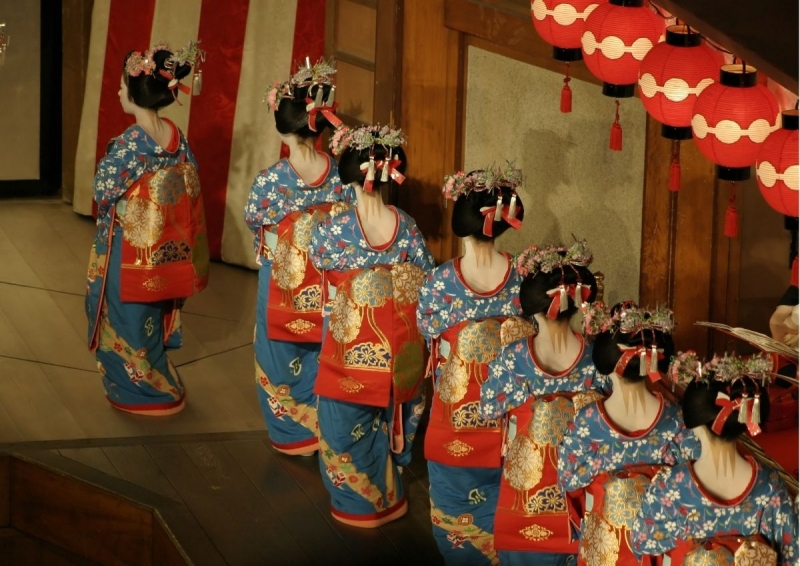Kyoto, the ancient capital of Japan, is a city steeped in tradition. From its serene temples to its geisha districts, Kyoto offers a glimpse into a bygone era. However, the recent decision to restrict tourist access to Gion, Kyoto’s famed geisha district, has ignited debate. Find out the reasons behind the ban, its potential impact on Gion’s tourism, and the ongoing struggle to balance cultural preservation with economic prosperity.
Also read: Japan Cherry Blossom 2024 Forecast: When & Where to See Sakura
Gion: A district steeped in history
Gion holds a special place in Japanese culture. Geisha, or “artists of the performing arts,” have entertained tourists in Gion for centuries. These highly trained professional women dedicate years to mastering traditional Japanese arts like music, dance, and conversation. The district’s narrow alleys lined with teahouses or ochaya create an atmosphere of elegance and exclusivity. Tourists flock to Gion for the very reason of hoping to catch a glimpse of a geisha.
Maintaining decorum and respect

Image credit: mura via Canva Pro
Unfortunately, the influx of tourists has posed challenges for Gion’s residents and geisha alike. Tourists often crowd the streets, which makes it difficult for residents to go about their daily lives. Additionally, some tourists also exhibit disrespectful behaviour by taking inquisitive photos and harassing geishas. This has led to concerns about the erosion of Gion’s traditional atmosphere and the safety of geishas.
Balancing tourism and tradition
The decision to restrict tourist access in Gion reflects a bigger picture in Japan: how to balance the economic benefits of tourism while preserving cultural heritage. We all know that tourism is a significant source of income for Kyoto, and Gion is a major tourist draw. But if tourism starts threatening the very traditions that attract visitors in the first place, some action would inevitably be taken.
Finding sustainable solutions
While it is disheartening, the Gion ban on tourists is only just a temporary measure, and details about permanent restrictions are still in the works. Possible solutions include setting up designated viewing areas for tourists, enforcing stricter etiquette and other guidelines, or making a permit a system for tourists entering Gion.
Also read: Japan Is Finally Launching a Digital Nomad Visa
This situation in Gion right now reminds us as travellers to always practise responsible tourism, respecting certain measures, culture, and traditions to keep the peace and security for both residents and tourists alike.
Featured image credit: juripozzi via Canva Pro





